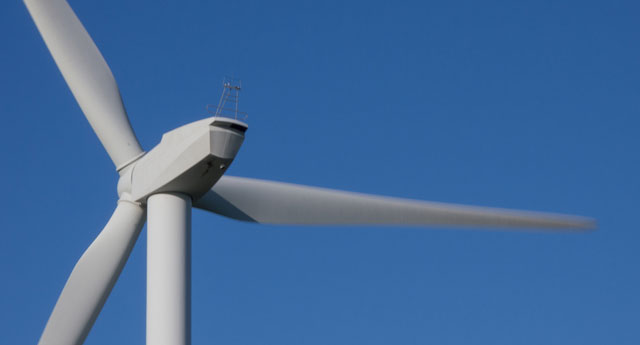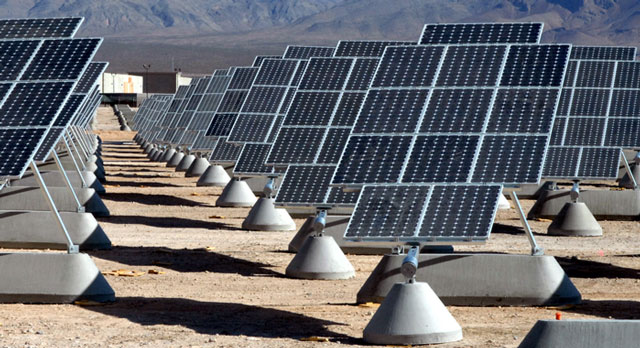
Eskom envisages a bigger role for itself in the nascent renewable energy industry in South Africa, according to Ayanda Nakedi, senior GM of Eskom’s Renewables Energy Unit.
The department of energy’s Renewable Energy Independent Power Producer Procurement Programme has seen companies invest over R168bn in the renewable energy industry.
After four rounds of bid windows, the first of which commenced in the latter half of 2011, the department has allocated more than 6GW to 79 projects. The bulk of the projects are for large-scale renewables plants such as concentrating solar power plants, solar photovoltaic and onshore wind technologies.
This investment is well aligned to South Africa’s white paper on energy of 1998, which entrenches a diverse mix of energy sources into the county’s future energy resources.
Eskom is one of the pioneers in the domestic renewable energy industry. Long before the department’s procurement programme, Eskom started work on the 100MW Sere Wind Farm project on the Atlantic coast. This was the beginning of Eskom’s foray into large-scale wind energy.
The utility is eager to obtain a slice of the local renewable energy market. Failure to get into the renewable energy space on a large scale could see the utility missing a crucial opportunity to establish itself as a formidable player within this rapidly emerging and very exciting field of energy.
For instance, generation of renewable energy will soon be open to many through the small-scale embedded generation process. Energy regulator Nersa has proposed small-scale embedded generation and in particular regulation around netmetering, which would effectively see small-scale generators being able to sell energy, typically produced by rooftop or ground-mounted Photovoltaic systems, back into the grid.
The regulator says privately installed small-scale roof top solar is growing in South Africa.
According to a timeline in a Nersa consultation paper, published in February this year, the regulator should have published the regulatory rules of small-scale embedded generation at the end of May. This has not happened. Instead, Nersa recently issued a notice saying it was waiting for the department of energy to draft the licensing regulations, which would provide a policy framework for the Nersa regulatory rules to be formulated and applied.

Eskom is not taking the contemplated small-scale embedded generation lightly. Nakedi says large-scale deployment of renewable energy will, in the long-term, affect Eskom’s financial viability. “There is no way that Eskom cannot play in the renewable energy space,” she said.
The advent of small-scale embedded generation, coupled with storage, could see some of Eskom’s key customers get off the grid, for good. This will result in revenue loss for Eskom, Nakedi said. Eskom’s anxiety to get a slice of the renewable energy market is further fuelled by the presence of major global energy companies entering the South African renewable energy market. These include Italian multinational Enel Green Power and French renewable energy developer EDF Energies Nouvelles.
Nakedi said Eskom eagerly awaits a further renewables allocation from the minister of energy, which would effectively provide Eskom the go ahead to broaden its footprint in the local renewable energy industry. The utility has been earnestly undertaking preparatory work in this space, in anticipation of the further departmental allocation.
Eskom to focus on 100MW projects
“There is no way we can just sit and do nothing. We are doing all the early development work required,” she says. The preparatory work includes site and resource assessments, environmental impact assessments and securing land, she said.
Eskom will consider multiple utility-size projects of approximately 100MW each, she said.
She said wind projects will be based in the Western Cape and Eastern Cape where wind resources are abundant, while concentrated solar power would be in Upington, where the utility is already building a 100MW solar plant. Nakedi said Eskom has enough land to install solar PV at its power stations.
The utility has started installing solar photovoltaic at its premises for own use. These include installations at Kendal and Lethabo power stations. Cumulative total installed capacity is 2,35MWp. However, there is approximately 8,9MWp currently in procurement.
On the funding model of the envisaged projects, Nakedi said Eskom would prefer to partner with local and international developers. “That is the preferred model by utilities,” she said. — Fin24




